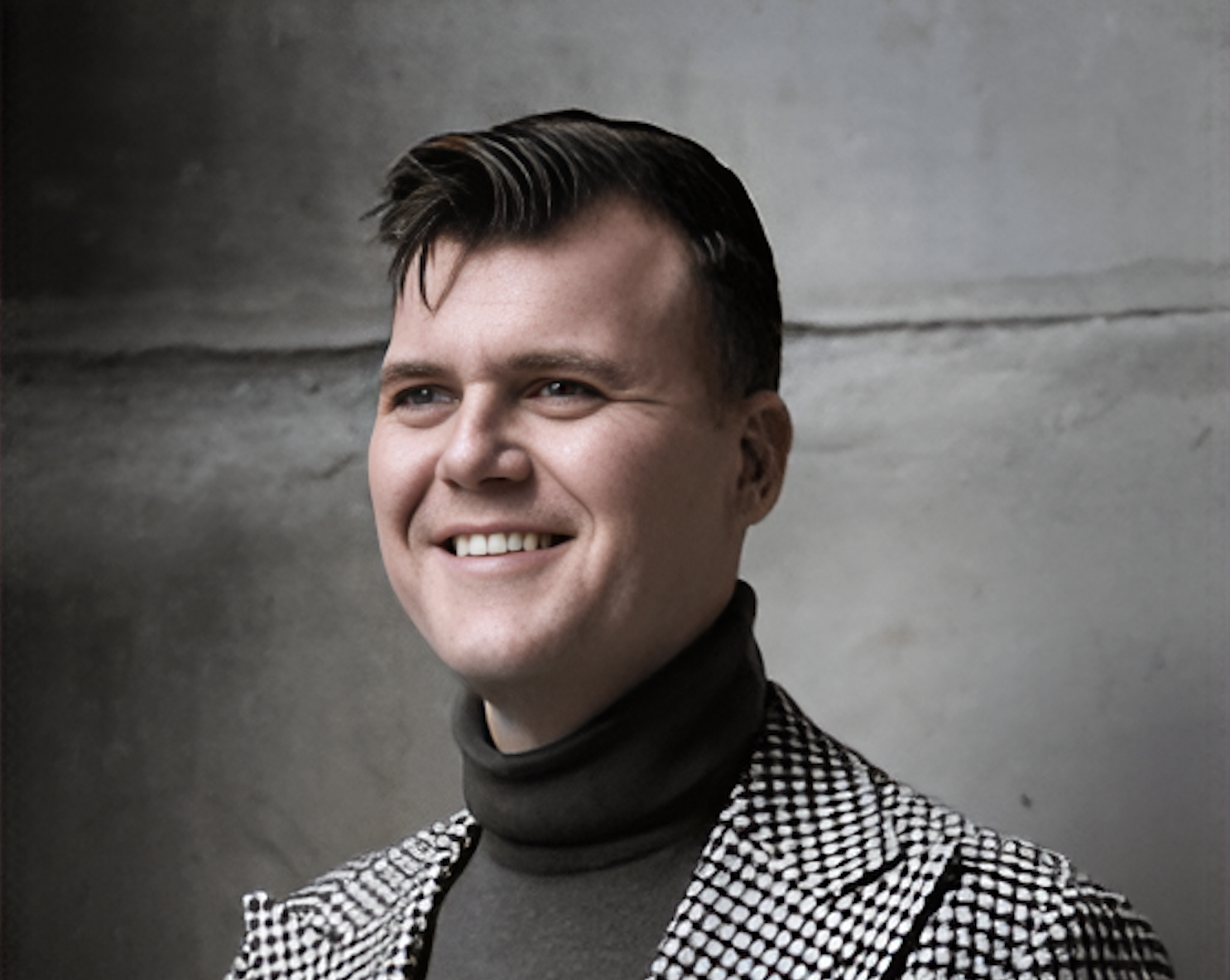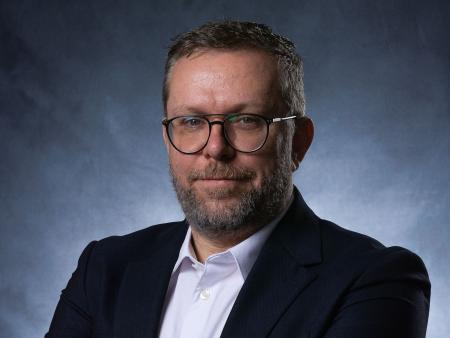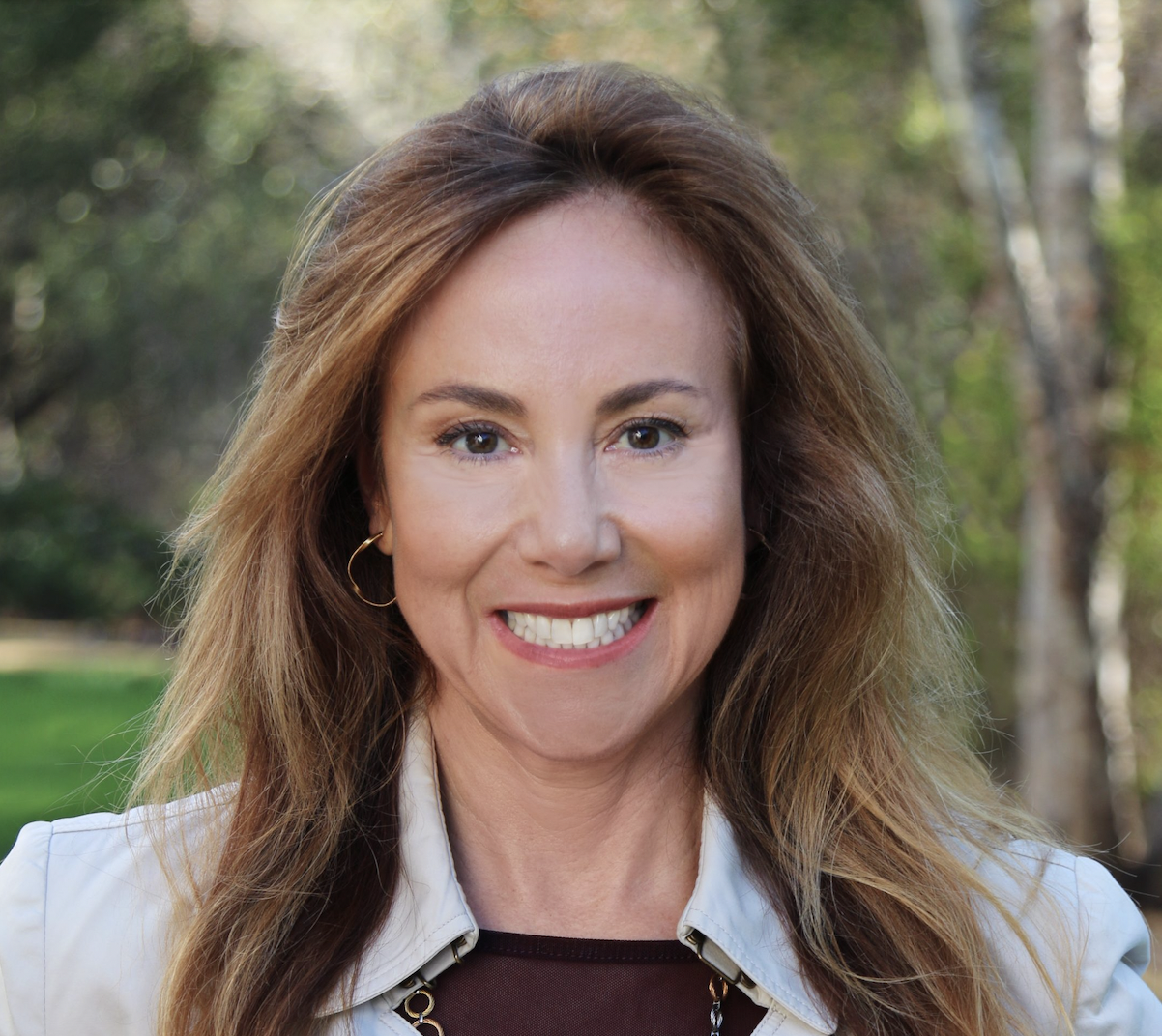Most growth leaders in enterprise software follow a familiar path stemming from MBAs, marketing degrees, and playbooks passed down from big tech. George Bonaci took a very different route – with a background in biochemistry and founding 2 startups at the intersection of science and manufacturing, his next role came with the deceptively simple mandate of learning email marketing.
From that, George built his expertise across some of the most successful growth stories in enterprise software: Scaling the growth team at Samsara to 30+ through its IPO, leading demand generation at Gong within the office of the CEO, and now driving the tech-forward growth and demand generation efforts at Ramp.
During a recent Crew Capital roundtable discussion, George unpacked the frameworks he uses to build high-performing growth engines. His approach is anchored in three core principles: thinking across multiple timelines, managing growth initiatives as a portfolio, and running disciplined experiments that prioritize learnings over short-term wins. Drawing from his experience across companies with fundamentally different organizational structures, George offers a blueprint for founders navigating the chaos of early-stage scaling.
Strategic thinking across time horizons
The foundation of George’s approach to growth lies in intentional resource allocation across different time horizons. Adapted from McKinsey’s Horizons framework, this framework dedicates effort and resources to growth initiatives that extend well beyond quarterly targets.
“You need to be allocating at least 10% of your time to how you’re going to grow a year plus from now,” George said. This long-term view anticipates the natural lifecycle of growth channels and tactics, and leads directly into George’s second principle: Managing growth bets as a portfolio.
“The things that you find work, you’re going to scale, and once they’re scaled, they’ll eventually become saturated, and then they’ll no longer work,” he said. “You constantly need to stack new bets as you scale existing ones, and kill old ones.” As competitors adopt similar tactics, today’s winners will diminish. By consistently investing in longer-term experiments, companies can build a pipeline of new growth opportunities.
While time horizons vary depending on company stage, market dynamics, and length of sales cycles, the principle remains constant. Early-stage companies might focus on 6-month, 1-year, and 2-year horizons, while more mature companies should extend these timeframes. The key is that without this forward-looking investment, companies often find themselves scrambling when their primary growth drivers peter out.
Experimentation as both an art and a science
Although most companies claim to run experiments, George argues they’re often just “doing random stuff” without the rigor needed to generate actionable insights with clear attribution.
“Experimentation is about running things both fast enough and well enough that you learn something,” George said. “Most of your experiments are going to fail, so you need to run them well enough that you learn why you failed.”
The challenge lies in balancing rigor with velocity. Companies can’t afford to run only one or two perfect experiments per quarter, as the failure rate means they won’t unearth enough relevant insights. Conversely, running many poorly designed experiments wastes resources and fails to generate learning as well.
George’s prioritization framework incorporates four factors: Impact, effort, confidence and time to results. While most teams consider impact and effort, the latter two factors often get overlooked.
“If you have high conviction that something’s going to work, you should just do it,” he said. “If you have low conviction that something’s going to work, but it’s high impact and you’re going to get results quickly, like within a week, you should also just do that.”
For companies with longer sales cycles, George suggests focusing on leading indicators rather than waiting months for deals to close. At Samsara, the team measured SEO success by content publication velocity and early traffic patterns, rather than waiting 9 to 18 months for lead generation. This approach allowed them to make investment decisions and course corrections much faster than if they had waited for final conversion metrics.
Understanding what drives your organization
Rather than fighting against organizational DNA, George believes successful growth leaders align their strategies with their company’s inherent characteristics.
“It’s very rarely a decision. I think it is a matter of bias, maybe more than preference. It’s the bias of the founders,” George said. “At Samsara, despite the founders not being salespeople, the two companies they had founded featured strong outbound sales motions. The CEO was known for joining every sales deal until the company reached 10s of millions in ARR and ran daily pipeline reviews.”
Gong represented the different extreme, a more marketing-driven organization where the CEO, a former CMO, strongly believed in brand investment. “Marketing didn’t necessarily work for sales in the same way they did at Samsara,” George said. “Their job was to make sure that people were talking about Gong, and that everyone knew about Gong.”
At Ramp, the engineering and product focus is evident in the organizational structure. “The entire growth organization reports to the CTO. We’re part of the engineering board,” George said. Ramp’s structure reflects the company’s product-driven approach and influences how growth initiatives are prioritized.
These organizational drivers help dictate team design, goal setting, and resource allocation. A sales-driven organization might focus growth efforts on enabling the sales team with better tools and leads, while a product-driven organization might prioritize growth features within the product itself. Fighting against these natural tendencies will almost inevitably lead to friction.
Navigating attribution and measurement challenges
“The goal of attribution is really just two things: It’s to meticulously align incentives between teams, and to understand where you want to invest more at a specific time,” he said.
The choice between first-touch, last-touch, or multi-touch attribution should reflect market dynamics and sales strategy. First-touch attribution makes sense when companies need to create demand in markets without existing awareness, incentivizing teams to reach new audiences. Last-touch attribution works better in competitive markets with existing demand, encouraging teams to focus on conversion optimization. For enterprise motions with 12+ month sales cycles, multi-touch attribution becomes valuable because it incentivizes multiple touchpoints across extended buying processes.
A display advertising experiment at Samsara illustrates how correlation can be more valuable than traditional attribution. Display ads showed no direct attribution value, but when served to target accounts before outbound outreach, response rates increased by >50%.
“The attribution would say that that display ad did nothing, because there was no interaction,” George said.” But the actual experiment said that there was a strong correlation, which was statistically significant, and we can even calculate the value of a display impression.”
This approach prioritizes business impact over attribution purity.
Leveraging AI and evolving tools
Some leaders argue that generative AI democratizes technical capabilities in growth organizations, but George takes a more nuanced view.
“Although anyone could go and build a lot of stuff with gen AI, and automate a lot of one-way workflows with gen AI, I think most traditional marketers don’t possess the systems-based thinking experience to use generative AI in an effective and scalable way today,” he said.
His recommendation for putting AI into practice hinges on hiring at least some percentage of smart, scrappy generalists with technical backgrounds. Whether they architect systems internally, or look to outside vendors, teams can then later decide whether to hire subject matter experts to optimize specific channels once initial successful use cases emerge. With respect to evaluating external vendors, George mentions that “You can create abuyer committee using AI that is representative of your human buyers and use them as a sounding board. And don’t be averse to early stage startups.”
When discussing what to build internally around, George notes customer conversations as the holy grail for insights. “You could take an AI agent and train it on all of the conversations for a VP of operations at a small or medium-sized business that’s in construction. From there, you can use that agent a proxy for quick feedback on what to build for that persona.”
This approach moves beyond simple call summaries to create interactive resources for content creation, campaign development and strategic planning based on real customer conversations.
Practical execution advice
Throughout the discussion, George offered specific tactical advice for common growth challenges. For content strategy, he recommends either finding exceptional writers who match your audience’s voice or hiring people who represent your target persona.
At Ramp, the company employs a full-time in-house expertswhose jobs involve creating thought leadership content and speaking at events. “They are the persona, they were customers. This was really smart of Ramp to do” George said.
Email deliverability has become increasingly complex, with email service providers implementing personalization thresholds and other anti-spam measures that change frequently. “I’d probably hire someone that thinks about this 24-7, and knows about it deeply,” George said. He recommended individual consultants over agencies for their better-aligned incentives.
When testing new channels, George’s approach stems from the book “Traction,” which recommends rapidly testing multiple channels until finding signs of life, then doubling down. However, he adds a critical caveat about leveraging unfair advantages or unique starting points, such as competitor analysis using the Wayback Machine to understand what worked for incumbents when they were previously at similar stages.
Learning from others as competitive advantage
George’s final principle emphasizes continuous learning as a scaling strategy. “With most companies, once you reach a certain scale, it’s all about execution,” he said. “But honestly, the way that you get the most leverage out of people is by encouraging them to learn from their past, learning from other people’s pasts, learning from peers, and learning from competitors.”
This orientation extends beyond individual development to organizational capability building. By systematically studying what works for competitors, analyzing industry patterns and adapting successful approaches to their own context, companies can accelerate their growth trajectory while avoiding common pitfalls.
The combination of strategic thinking, rigorous experimentation and continuous learning creates a framework for sustainable growth that extends beyond any individual tactic or channel. As markets evolve and channels saturate, this approach provides the foundation for long-term success in an increasingly competitive landscape.
Related Articles

From Report Factory to Revenue Oracle: John Queally on the RevOps Transformation
John Queally, Senior Director of Revenue Operations at Clari, has witnessed this evolution firsthand. His vision of revenue operations (RevOps)…

Jess Forrester: Accelerating Growth through Strategic Hiring, Product Positioning, and Demand Generation
Crew Capital recently hosted a roundtable discussion featuring Jess Forrester, where she shared invaluable insights with our portfolio companies. The…

Mihai Faur, CIO of UiPath, on Building Strategic Finance Teams
Crew Capital recently hosted Mihai Faur for a roundtable discussion with our portfolio companies. He shared insights on scaling finance…








